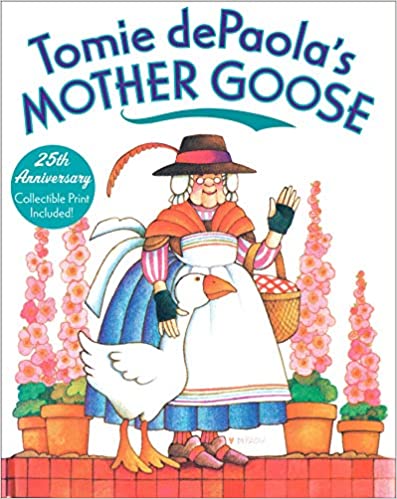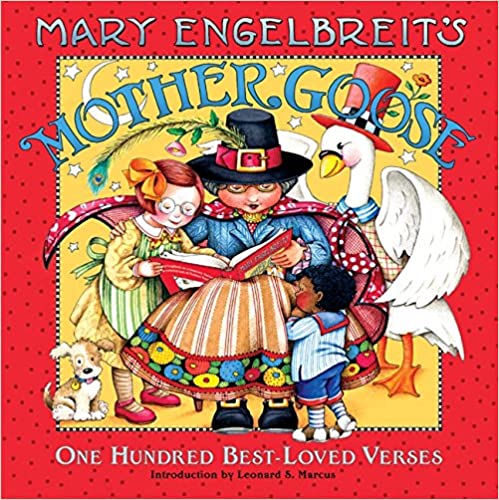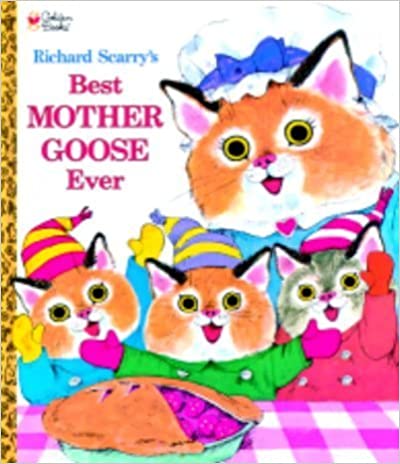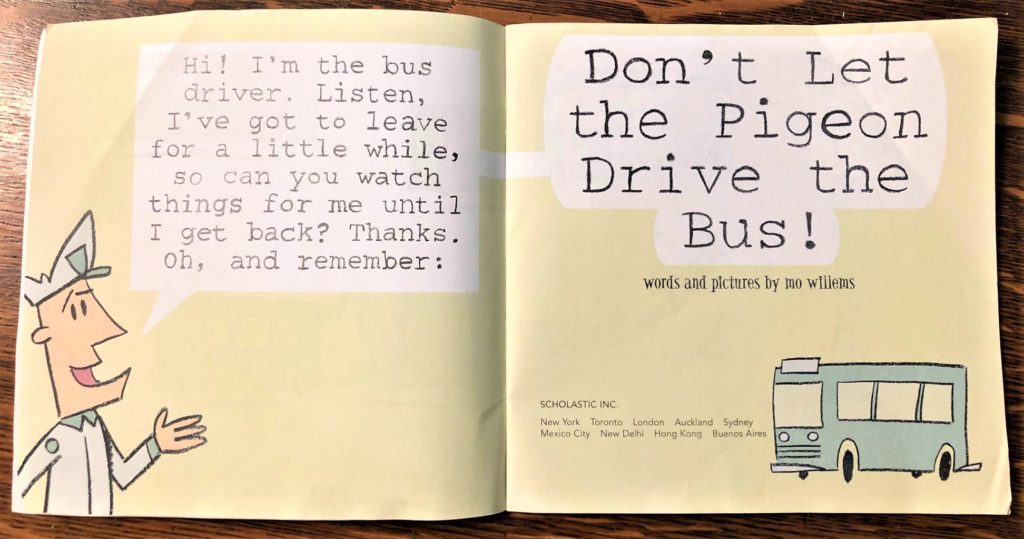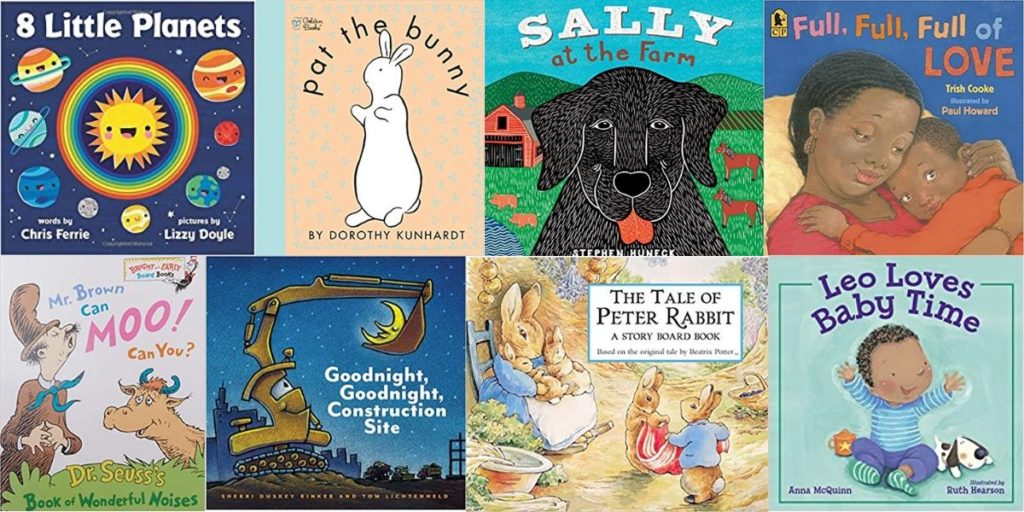The Best Mother Goose Books for Young Children
April is poetry month, and what better poems and rhymes to entertain and educate children than nursery rhymes? A copy of Mother Goose belongs in every child’s library, and there are many to choose from, for nursery rhymes have been around for hundreds and hundreds of years. The two versions of Mother Goose books in my library were published over one hundred years ago and were read to my mother as a child, to me, and by me, to my own children.
Rhythm and Rhyme
Although only a small percentage of nursery rhymes were devised for children, they still capture the attention of the young, who thrive on repetition and rhyme. They are a marvelous vehicle for language and memory, and for introducing a young child to elements of culture and life that seems to be universal. Once children are comfortably verbal, the element of riddles and puns appeals to them and challenges the brain to think in a more complex way.
Nonsense
Another strong appeal in nursery rhymes is the element of nonsense. Young children are still figuring out what is “real” in their world, and many nursery rhymes are indeed nonsensical. (For adults as well, some verses are intriguing without knowing really what they are about). I cherish the “dawning delight” of a three or four-year-old who encounters the nonsense of “The Cat and the Fiddle”:
“Hey diddle, diddle!
The cat and the fiddle,
The cow jumped over the moon;
The little dog laughed
To see such sport,
And the dish ran away with the spoon.”
Education
Counting rhymes, alphabet ditties, rhymes to remember “Thirty days hath September” are all learning tools for the young. Proverbs may pass along wisdom of the ages in a pat little verse.
Games and Songs
So many of the games and songs we played as a child used nursery rhymes. We chose who got to go first in a game with “Eeny, Meeny, Miny, moe.”
“London Bridge” and “Ring Around A Rosy” are favorites with toddlers, and counting rhymes served for jump rope and hand slap games.
Here are the Mother Goose books I enjoyed the most, as a child and as a parent.
My Favorite Mother Goose
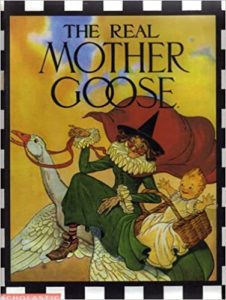 The Real Mother Goose, illustrated by Blanche Fisher Wright, was first published in 1916 by Rand McNally & Company. It contains hundreds of rhymes accompanied by simple and colorful line and wash illustrations. I particularly like how expressive both the humans and the animals are in this book. The old-fashioned costumes are appropriate to the late 19th/ early 20th century and give an elegant style that isn’t always present in very modern versions. This version has a list of first lines of each nursery rhyme as well as of titles, which is very helpful when you know how the verse starts but can’t remember the name.
The Real Mother Goose, illustrated by Blanche Fisher Wright, was first published in 1916 by Rand McNally & Company. It contains hundreds of rhymes accompanied by simple and colorful line and wash illustrations. I particularly like how expressive both the humans and the animals are in this book. The old-fashioned costumes are appropriate to the late 19th/ early 20th century and give an elegant style that isn’t always present in very modern versions. This version has a list of first lines of each nursery rhyme as well as of titles, which is very helpful when you know how the verse starts but can’t remember the name.
 Mother Goose: The Original Volland Edition was arranged and edited by Eulalie Osgood Grover, and illustrated by Frederick Richardson. It was published originally in 1915 by Derrydale Books. This version is also beautifully illustrated in images of a different era; babies in long dresses, children in smocks and leggings, lovely dressy layers for daffy-down-dilly. This edition has one nursery rhyme per page, fully illustrated, so is less complex to read. It has fewer rhymes as well, but all the best-known ones are included.
Mother Goose: The Original Volland Edition was arranged and edited by Eulalie Osgood Grover, and illustrated by Frederick Richardson. It was published originally in 1915 by Derrydale Books. This version is also beautifully illustrated in images of a different era; babies in long dresses, children in smocks and leggings, lovely dressy layers for daffy-down-dilly. This edition has one nursery rhyme per page, fully illustrated, so is less complex to read. It has fewer rhymes as well, but all the best-known ones are included.
So many noted artists have created books of nursery rhymes, each with their own style and choice of rhymes. Check out some of my favorite more recent editions:
If you enjoyed this post from A Grandmother’s Library Shelf, check out some of our favorite Beatrix Potter recommendations here!
Inspiring Quotes for Young Readers
Reading is so good for young minds. It helps them grow and develop and become…
Letting the Child be the Parent through Pretend Play (and Some Children’s Books Too)
In this post I want to talk about modeling behavior through play, specifically putting the…
Baby Books for Brain Development
Does Content make a Difference? We all know that reading to infants is good, we’ve…
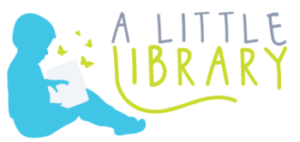

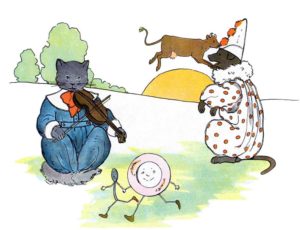 “Hey diddle, diddle!
“Hey diddle, diddle!